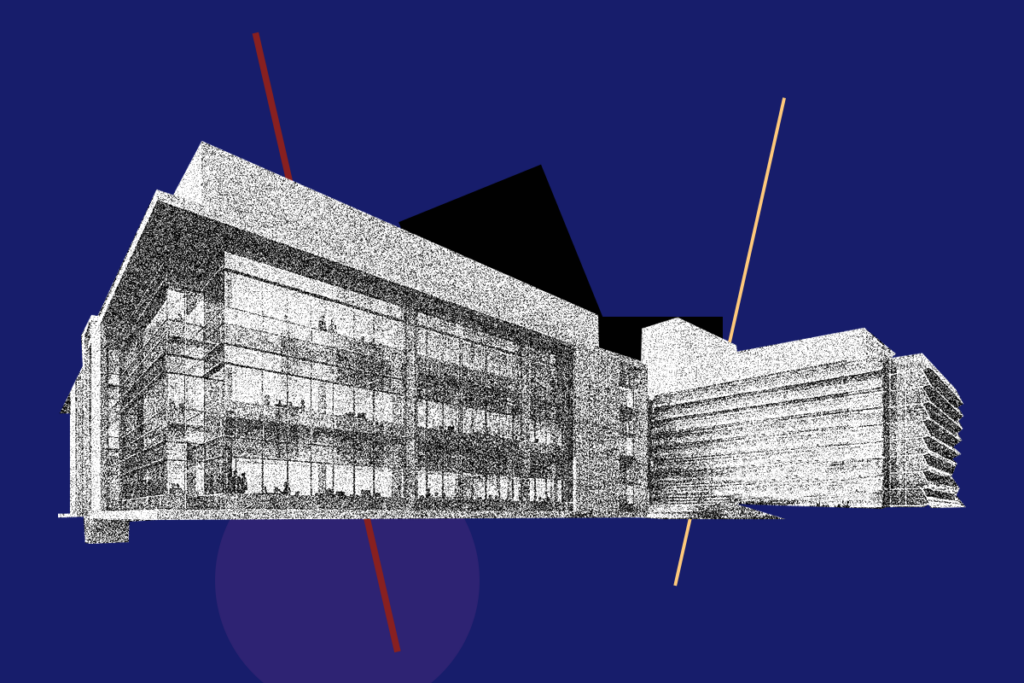
Our searchable repository of useful research can restore trust in federally funded basic science
Called U.S. Public Research Benefits, the database showcases the value of basic science in an easy and accessible format.
In the past year, federal support for science has come under immense scrutiny. Instead of being seen as a positive investment in knowledge and innovation, public research funding—whether to universities, companies or national labs—has at times been portrayed as an arbitrary gift from the government. For researchers, it has become distressingly clear that most of the American public isn’t fully aware of the benefits that federally funded scientific research has brought to the United States. I feel confident that, if only more people knew about it, Americans of all political persuasions, from all 50 states, would be enormously proud of the amazing achievements of American science and its societal benefits.
To help increase public awareness of these successes, my colleagues and I built U.S. Public Research Benefits, a searchable repository of basic science research that has had a positive impact. We made it because we wanted to demonstrate how federally funded research has improved our lives by way of specific, accessible and recognizable examples. We want scientists, educators, journalists and lobbyists to have a ready source of stories specific to their home state or nearby college to help them more effectively communicate the benefits of federally funded science.
To date, we have crowdsourced more than 90 examples on the site already and encourage researchers to submit additional examples from all areas of science, technology and engineering.
H
ow did we start? Like many other researchers, we felt the urge to write an op-ed describing how valuable federally funded research is. But when it came to citing specific examples, we found that we had only a handful at the top of our minds. We also noticed that the examples featured in op-eds or articles in the media were relatively few and often repetitive. We felt that this highlighted the need for a resource that made examples, across disciplines and across the country, easily available. A small team of volunteers, initially all neuroscientists, started the project. Since March 2025, we have been growing, actively recruiting volunteers and collecting examples from all fields of science and engineering.We decided to feature real, day-to-day benefits of publicly funded research through tangible examples. Advances in touch screens and fire-resistant clothing, for example, are direct results of federally funded research. In neuroscience, basic research led to the development of L-DOPA, a medication that has been used to treat hundreds of thousands of people with Parkinson’s disease. And studies of brain wave oscillations helped clinicians figure out how to better measure anesthesia delivery during surgery.
Often, mainstream media reports of these advances neglect to mention the basic science they are founded on. To draw these connections, our website uses short descriptions to explain the direct link between government funding and a public benefit. We also add external links to primary sources where readers can learn more. In particular, we highlight three main areas: health, national security and economic prosperity, fields in which basic science advances have a clear benefit to the public.
We aim to include stories that appeal to a wide range of audiences. For instance, senators and congressmen might be most interested in examples from their districts. To facilitate this, we made the examples searchable by state and research institution. Others might want to read about advances in their own specific industries, such as technology or pharmaceuticals. We have tagged each entry with its main area of focus, as well as which agencies funded the research and which organizations performed the work.

The site can also help scientists and educators better inform the public about the benefits of basic research. Researchers can use it as a tool to help them advocate for science to their elected officials or within their social or family network; it offers a back pocket full of examples to pull out at dinner with a friend or family member who may not understand their work or their passion for science. Teachers and educators can use our site to engage with students at the high school, middle school, or elementary school level and provide them with insights into what science does for them, as well as how that science is done.
For news outlets and journalists, our site offers examples to help contextualize the role of public funding in scientific advances. The nuances of how funding is allocated, where it goes and how it eventually benefits the public are often difficult to trace. This is especially true for high-profile efforts, such as sequencing the human genome or landing on the moon, that may not clearly tie back into daily life. News stories about funding cuts are more meaningful if reporters can make plain what’s at stake by giving examples of how publicly funded research has led to public benefits in the past.
Finally, lobbyists and outreach groups representing hospitals, universities and professional societies that receive federal funding can be more persuasive if they have plenty of concrete examples at hand to support their positions. We hope that by using our searchable catalog of state-by-state examples, they can better engage local lawmakers and provide convincing proof of the benefits of public support for research when arguing for more funding.
By laying bare these benefits in an easy and accessible format, we hope to justify the continued investment in research that has provided so many improvements to our health, wealth and prosperity in the U.S.
Explore more from The Transmitter

Deleting data or stopping its collection will erase years of valuable brain research

International scientific collaboration is more necessary—yet more challenging—than ever



